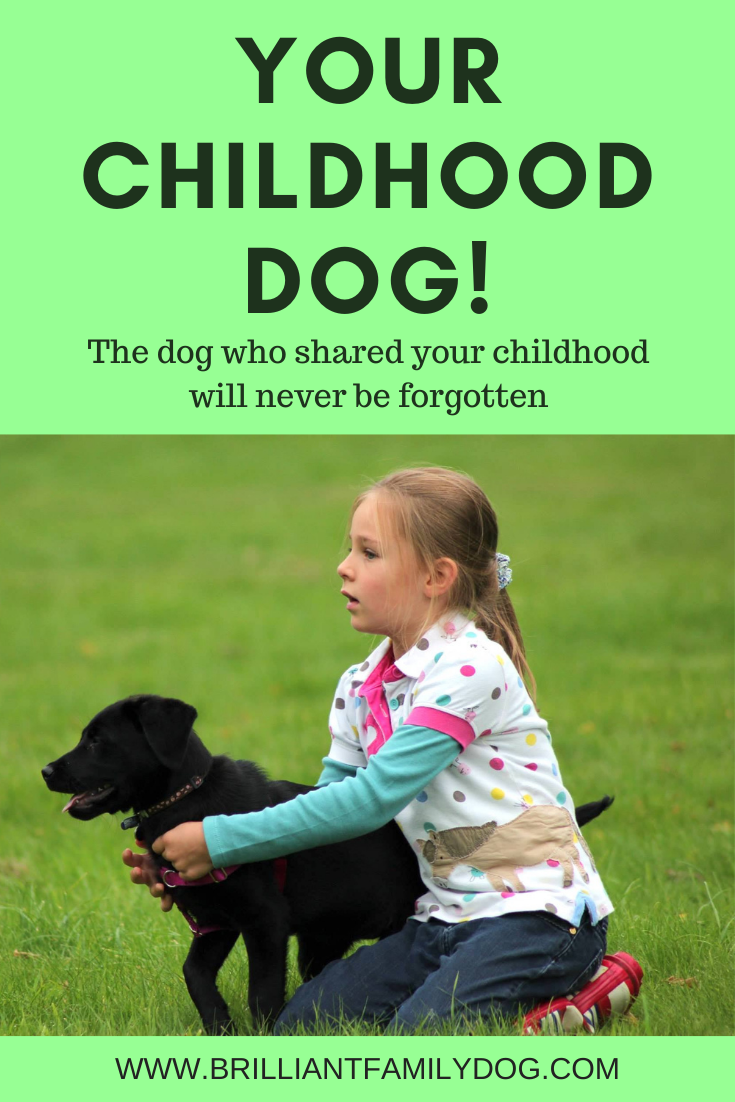I had this interesting enquiry recently. The family are doing just about everything right, and taking great care of their dog and their baby.
“.. She mostly likes to be in the same room as us .. She is extremely gentle and friendly with children out and about too, actively going to meet them, although she has growled quietly at children in a few instances when she has felt anxious, e g. Crawling baby went too close when she was boxed in a bit, 5 year old cousin tried unexpectedly to touch her head, friend's toddler went too close when she was eating a chew (she's not food aggressive generally). We have learnt quickly from these instances and have worked hard to ensure that she is given space from the baby and that the baby is never allowed to approach her, the dog must always come to her, and then the interaction is closely managed.
However, she's just become very anxious as the baby has started crawling and being more mobile, watching her fixedly from her armchair, and sometimes leaping off the chair to go to her.”
I was glad to see their perspicacity in understanding why their dog sometimes reacts to children, and that they are taking care to avoid these events. I told them I was impressed with what they were doing, and with their awareness.
Many people have this same concern, so I thought I’d give you the benefit of the answer I gave this enquirer.
1. Dogs need to sleep 17 hours a day.
This comes as a shock to many people! But knowing this is a lifesaver, and gets rid of a lot of problems straight away - those problems caused by the dog being frazzled, overstimulated, overtired. Just like your toddler will be shortly if not sufficiently rested!
I would ensure that all those sleeps are done in your dog’s crate in a separate room, completely out of bounds for the soon-to-be-toddler. You need to acclimatise your dog to this new arrangement so she’s happy to toddle off to her bed whenever she needs peace and quiet.
Given that the baby is still sleeping a lot you should be able to juggle this so that they aren't always awake together. If the "threat" is ever-present this is going to make you tense and alarm your dog.
2. Playpens cum room dividers
- for child or for dog - are a great help. Another lifesaver, in fact. Once your baby gets up speed crawling (they’re very fast when proficient!), and wants to get into everything, you can’t be on guard the whole time. A playpen that opens up and zigzags across the room can allow your dog to be included without worrying about your baby getting too close while you blink.
3. Baby gates are your friend!
Use them all over the place. Accustom your dog to the joy of her own safe space beyond the gate, and accompany this with lots of treats. If treats are always administered behind the gate, this will soon become a favourite place. I know you don’t want to exclude your dog - of course not! But you do need to be able to relax and enjoy your baby as well as your dog. Being on guard duty all day long is exhausting, and pretty well impossible. Make life easier for yourself and your perplexed dog by ensuring separation periodically. As your baby gets older you’ll have all evening to enjoy your dog in her armchair!
4. Give your daughter a toy dog
that looks as much as possible like your dog. She can cuddle and fuss over this toy and leave the real dog in peace. I've seen this work really well.
5. Never leave dog and child alone together,
not even for a moment, not even while you answer the phone. Always take one of them with you. Accidents can happen so fast, and especially when we’re distracted.



















